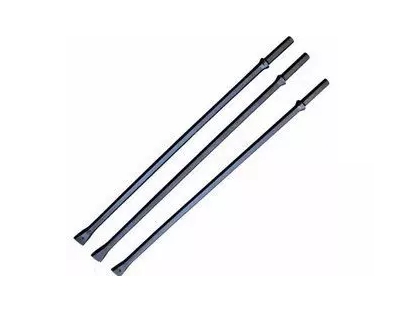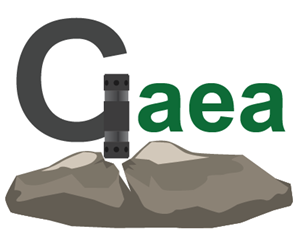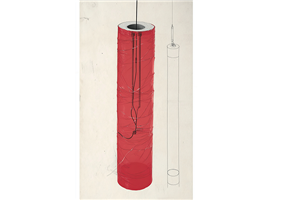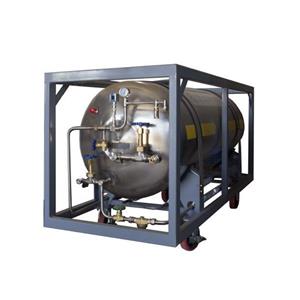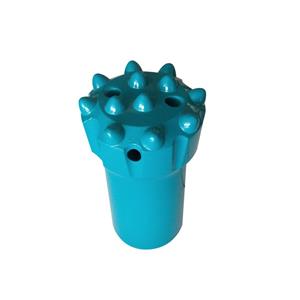A Comprehensive Introduction to Drill Rod Classifications
Drill rods are essential tools in rock drilling operations, and their classification is based on design and application. Here’s an in-depth look at the main types of drill rods used in the industry today.
Integral Drill Rods
Integral drill rods are commonly used for drilling small-diameter, shallow holes. They are typically manufactured from hexagonal hollow steel bars, available in diameters such as 19mm, 22mm, and 25mm. Each rod is crafted to a specific length and comes with a pre-formed drill bit of a certain diameter. Depending on the depth of the hole being drilled, a set of rods with varying bit diameters and lengths may be used in combination. Integral drill rods are widely used in Europe, Australia, South Africa, and South America, especially for secondary blasting in open-pit quarries and gallery mining.
In China, integral drill rods are less commonly used in mining and construction projects. Most of them produced by local manufacturers are destined for export, with chisel-type bits being the most common. Although occasionally, some may produce cross or button types, these are in minimal quantities.
The advantages of integral drill rods include faster drilling speed, efficient energy transfer during use, and no restrictions on the minimum bit diameter. However, the key to their effectiveness is the matched lifespan of the rod and the bit—that is, when the bit diameter wears down to its limit, the rod should simultaneously reach its end of life. Furthermore, integral drill rods are relatively expensive. Although some local manufacturers have the capability to produce them, more effort is needed to promote their widespread use in the domestic market.
Tapered Drill Rods
Tapered drill rods are among the most produced and widely used drilling tools for underground mining and construction projects in China. Unlike integral rods, tapered rods have a conical connection that can lead to energy loss. It's reported that the energy loss of the impact stress wave after one round trip through the rod is about 5% higher for tapered rods compared to integral drill rods. Additionally, the tapered connection is a weak link within the drill string and is prone to damage if not manufactured or used correctly.
However, the advantages of tapered drill rods include the ability to fit multiple types of bits, allowing for drilling holes of different diameters; the rod remains usable even after bit wear, simple maintenance, lower cost, and lower consumption per meter drilled. It is estimated that approximately 6 million meters of tapered drill rods (3.03kg/m-B22) are produced annually in China.
The production of tapered drill rods in China adheres to the GB/T6481-94 standard, primarily focusing on B22mm hexagonal rods. Since the 1970s, Chinese manufacturers and research institutions have conducted extensive research on tapered drill rods. Significant advancements have been made in terms of materials, forging techniques, equipment, heat treatment, load mechanism theories, and failure analysis. By the 1990s, the market demand for this type of rock drilling tool had largely been met.
In conclusion, understanding the types of drill rods and their applications is crucial for optimal selection and performance in rock drilling operations. Whether it's integral or tapered drill rods, each type has its unique features and benefits suited to different drilling conditions and requirements.
